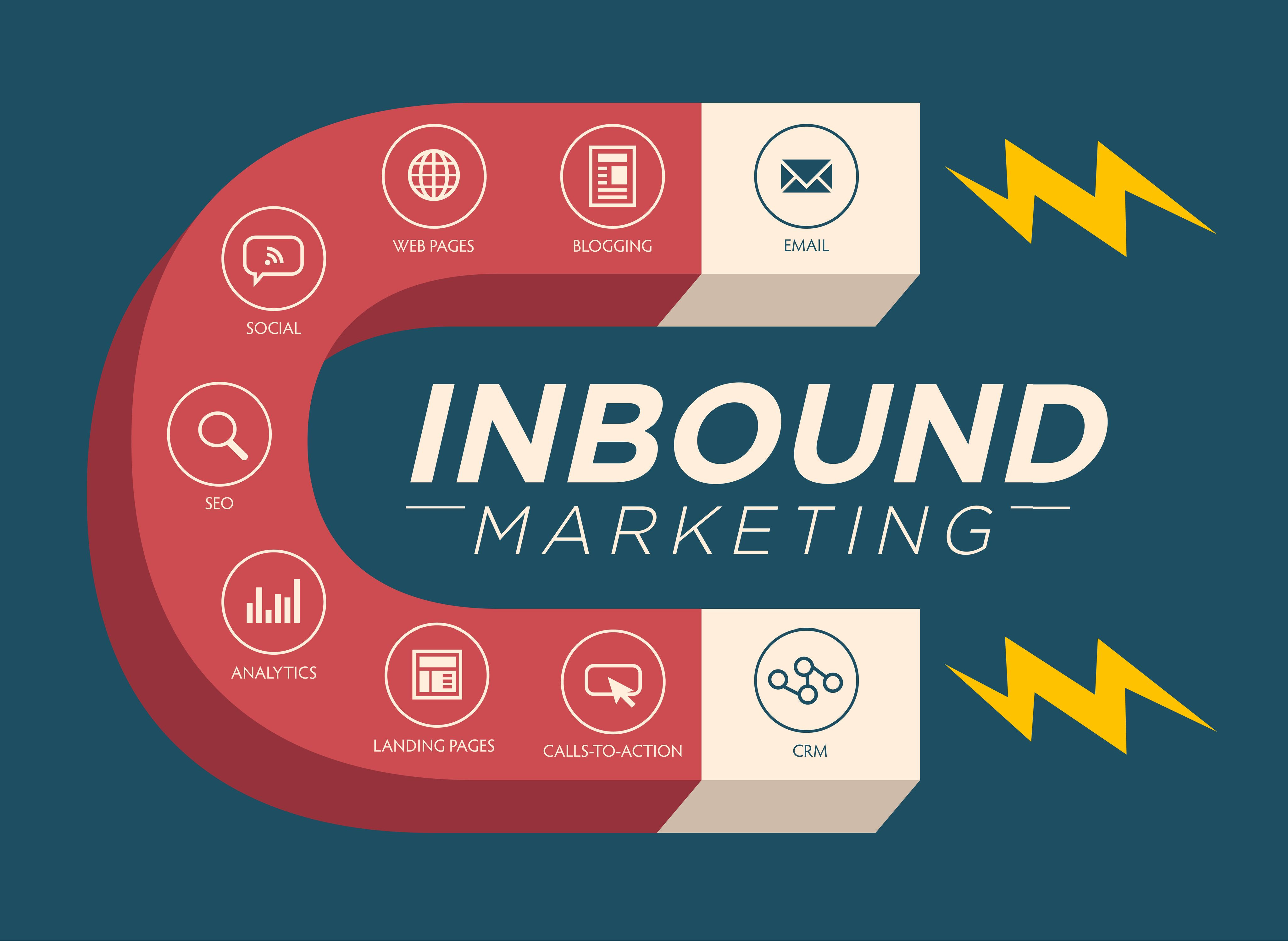
How does Inbound Marketing work? A Beginner's Guide To Inbound Marketing
How does Inbound Marketing work? A Beginner's Guide To Inbound Marketing
Instead of forcing your business on potential clients in the hopes of generating leads, inbound marketing attempts to attract them to your company.
To draw in highly targeted traffic that you can convert and please over time, it strongly emphasizes producing content that is in line with your customer's interests.
Inbound Marketing: A short explanation
Inbound marketing can be defined as the process of assisting customers in finding your business. This process typically occurs long before the buyer is prepared to make a purchase. Still, that initial encounter may result in brand preference and leads and sales for your business.
An inbound marketing approach uses various pull marketing techniques to get an audience, including content marketing, blogging, search engine optimization (SEO), social media, and more.
While outbound marketing strategies seek customers, inbound strategies concentrate on increasing your exposure so potential customers will find you.
Brands using B2B inbound marketing emphasize techniques designed to increase awareness, foster relationships, and generate leads rather than "renting customer attention."
Customers do not perceive inbound growth marketing techniques as being marketed to, which makes them effective. Customers enjoy and find educational and entertaining inbound marketing content.
When done correctly, inbound marketing outperforms traditional marketing, which irritates consumers instead of enticing them to interact.
70% of consumers prefer reading a blog post about a product over watching its advertisement—51% of businesses utilising inbound marketing report positive ROI, demonstrating the value of the strategy.
What does inbound methodology entail?
The inbound methodology is a way of growing your business by creating deep connections with prospects and clients.
It aims to turn site visitors into buyers and brand evangelists. It's about giving these users the tools they need to succeed at any point in their journey.
Businesses must provide their viewers with something worthwhile to do this, which frequently takes the shape of outstanding content.
This marketing strategy has the advantage of not only assisting in traffic generation but also in maintaining it. The inbound methodology's stages are depicted in the graphic above. Attract, Engage, and Delight if you follow these three steps you are on the path to success.
Now we have a better understanding of each of these phases, how they function, and why they will enhance your marketing effectiveness.
Attract
The beginning of a relationship is usually the attraction. As a business, you want to draw in people who might end up being clients. The focal point of your marketing activities is this group of people, known as buyer personas.
It takes a concentrated approach, which starts with producing high-quality content to draw in the correct audience.
Your target audience should be drawn in by the material, but it should also persuade them to move on to the next stage of the conversion process.
You can perform a variety of things to draw in the proper users by using keywords in blogging, social media ads, and videos.
Engage
To increase your prospects' likelihood of purchasing from you, you must provide them with insights and solutions that align with their objectives and pain points. It can also be divided into two sections.
The goal of the first section is to turn visitors into marketing-qualified leads (MQLs). This is accomplished by gathering contact information from your visitors, such as their job title and email address, and by providing them with an eBook or white paper.
Calls-to-action, landing pages, and form submissions are a few crucial tools you can utilise to convert leads.
The following action is to ‘close’ the leads and make them satisfied clients.
At this point, particular technologies, such as email marketing, CRM platforms, and marketing automation, ensure the proper leads are given to the sales team to seal the deal. These channels are also employed to educate potential customers until they are prepared to purchase.
Delight
You may increase the credibility and reputation of your brand by satisfying your customers.
After gaining clients, the inbound process continues. The next step is to delight them with engaging content to turn them into brand ambassadors for your company. Customers will remain loyal to your brand because this demonstrates that you still value them.
Social media monitoring, surveys, and clever material are all good tactics for this stage.
Contact Web Agency Geneva for information about the latest inbound marketing solutions.